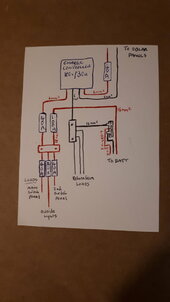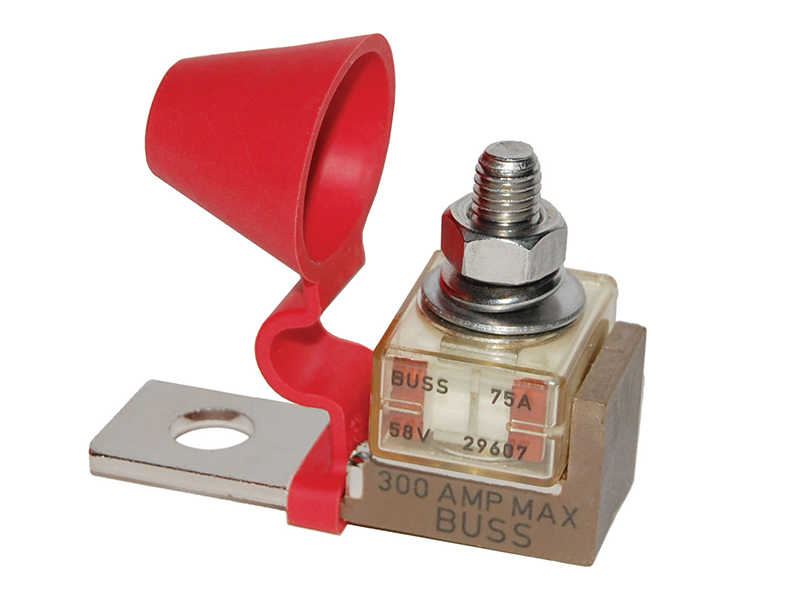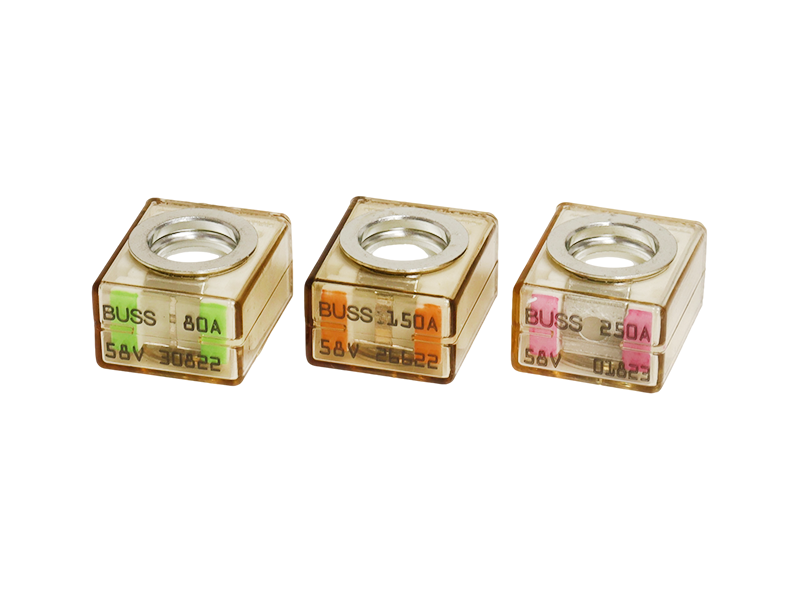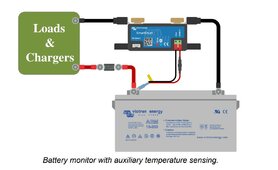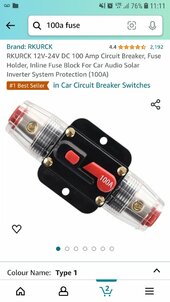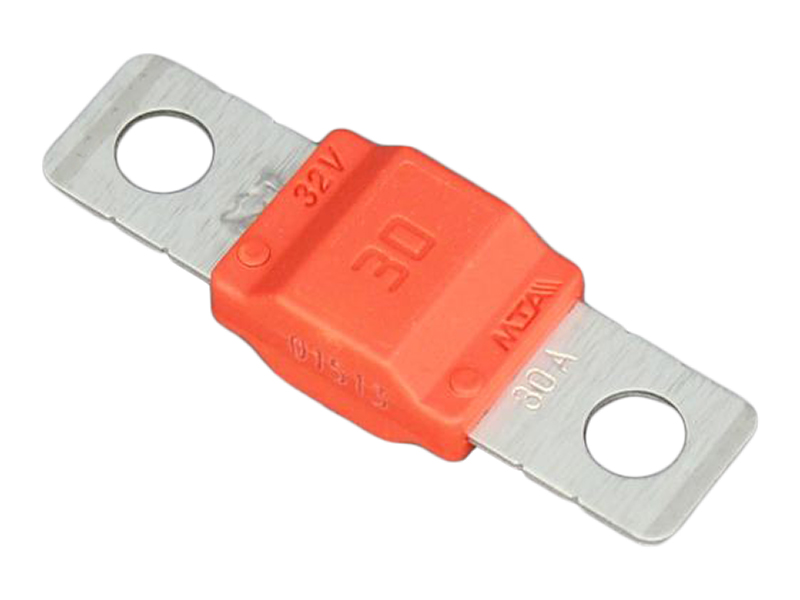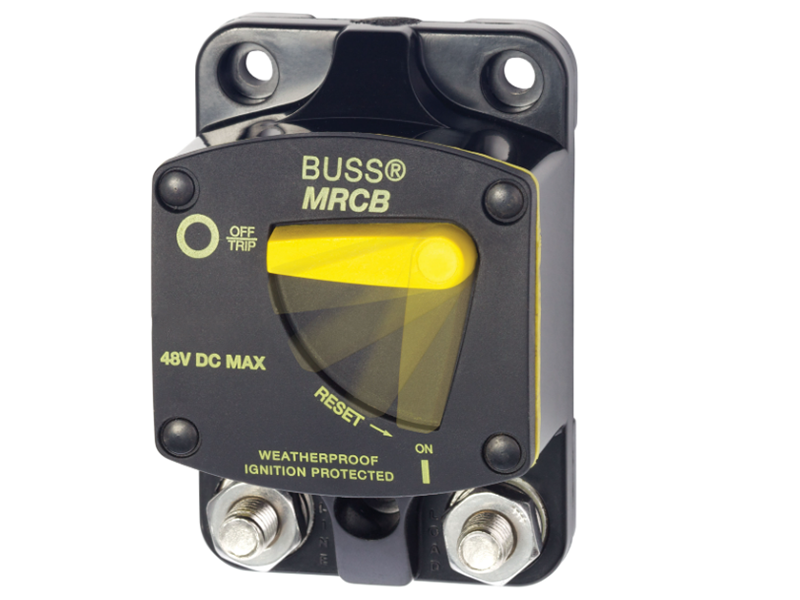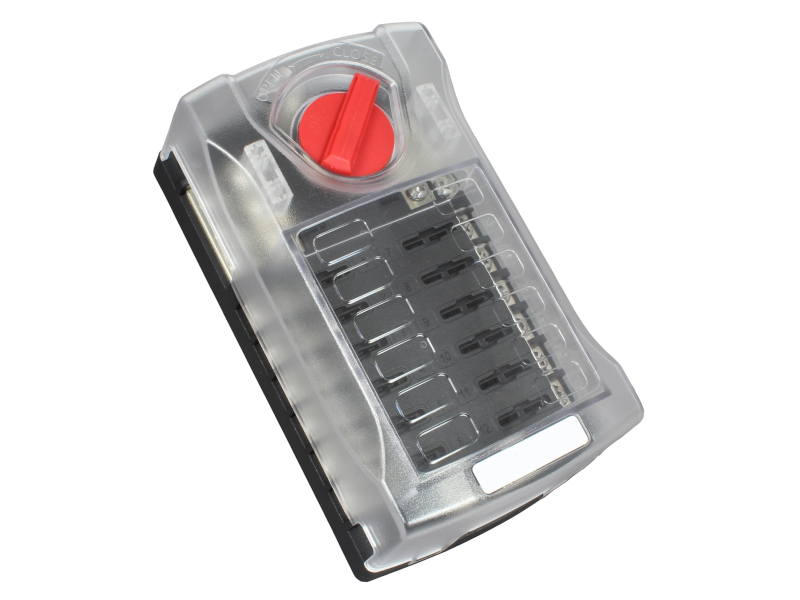Jazlovesaproject
New Member
Hi Guys, just about to install my victron shunt and temp sensor. Wanted to clarify a few things first.
Does my diagram look like I know what I am doing?
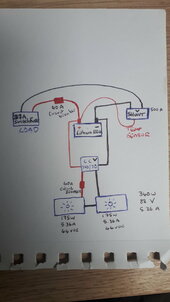
Best way to switch off solar? I'm going to fit a circuit breaker between panels and charge controller for future use but for now am I best off covering panels and disconnecting the mc4 connectors on the roof?
Presumably the positive and negative to my battery from the charge controller stay on the battery first and I fit the negative from the shunt onto the battery on top of charge controller cables?
The other negative on the shunt I connect the negative from my load.
And the temp sensor is going onto the positive battery terminal.
I've used 6mm2 cable from panels to controller and then from controller to battery. Presumably this would be alright to use when connecting the shunt?
(I've used a 10mm2 cable for my load, but that's not because of the amps but rather the distance I'm travelling, and trying to avoid voltage drop)
Just for some back ground I'm using the solar to power 12v lighting and charging throughout my house. So far I've only installed about 10A worth in the house so trying to crack on with that as battery not discharging enough to check panels working efficiently. But also without shunt totally paranoid about over use, hopefully the insight the shunt will give me will help me determine what part of the solar system can be improved to maintain power over winter months.
Thanks for any help or suggestions you can give
Does my diagram look like I know what I am doing?

Best way to switch off solar? I'm going to fit a circuit breaker between panels and charge controller for future use but for now am I best off covering panels and disconnecting the mc4 connectors on the roof?
Presumably the positive and negative to my battery from the charge controller stay on the battery first and I fit the negative from the shunt onto the battery on top of charge controller cables?
The other negative on the shunt I connect the negative from my load.
And the temp sensor is going onto the positive battery terminal.
I've used 6mm2 cable from panels to controller and then from controller to battery. Presumably this would be alright to use when connecting the shunt?
(I've used a 10mm2 cable for my load, but that's not because of the amps but rather the distance I'm travelling, and trying to avoid voltage drop)
Just for some back ground I'm using the solar to power 12v lighting and charging throughout my house. So far I've only installed about 10A worth in the house so trying to crack on with that as battery not discharging enough to check panels working efficiently. But also without shunt totally paranoid about over use, hopefully the insight the shunt will give me will help me determine what part of the solar system can be improved to maintain power over winter months.
Thanks for any help or suggestions you can give



